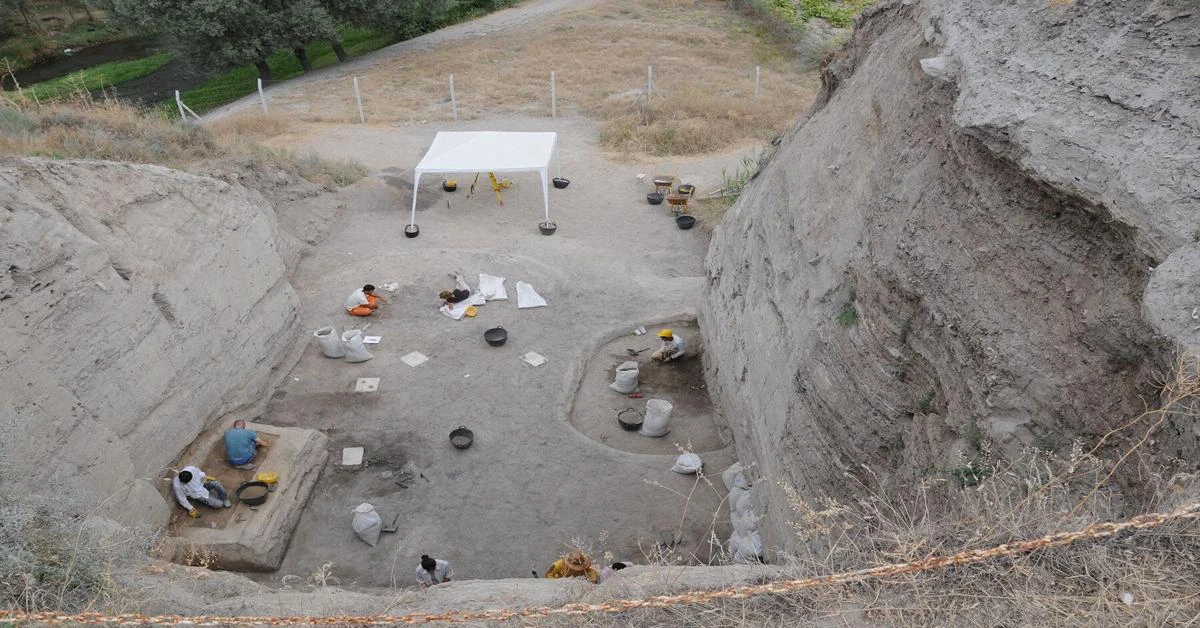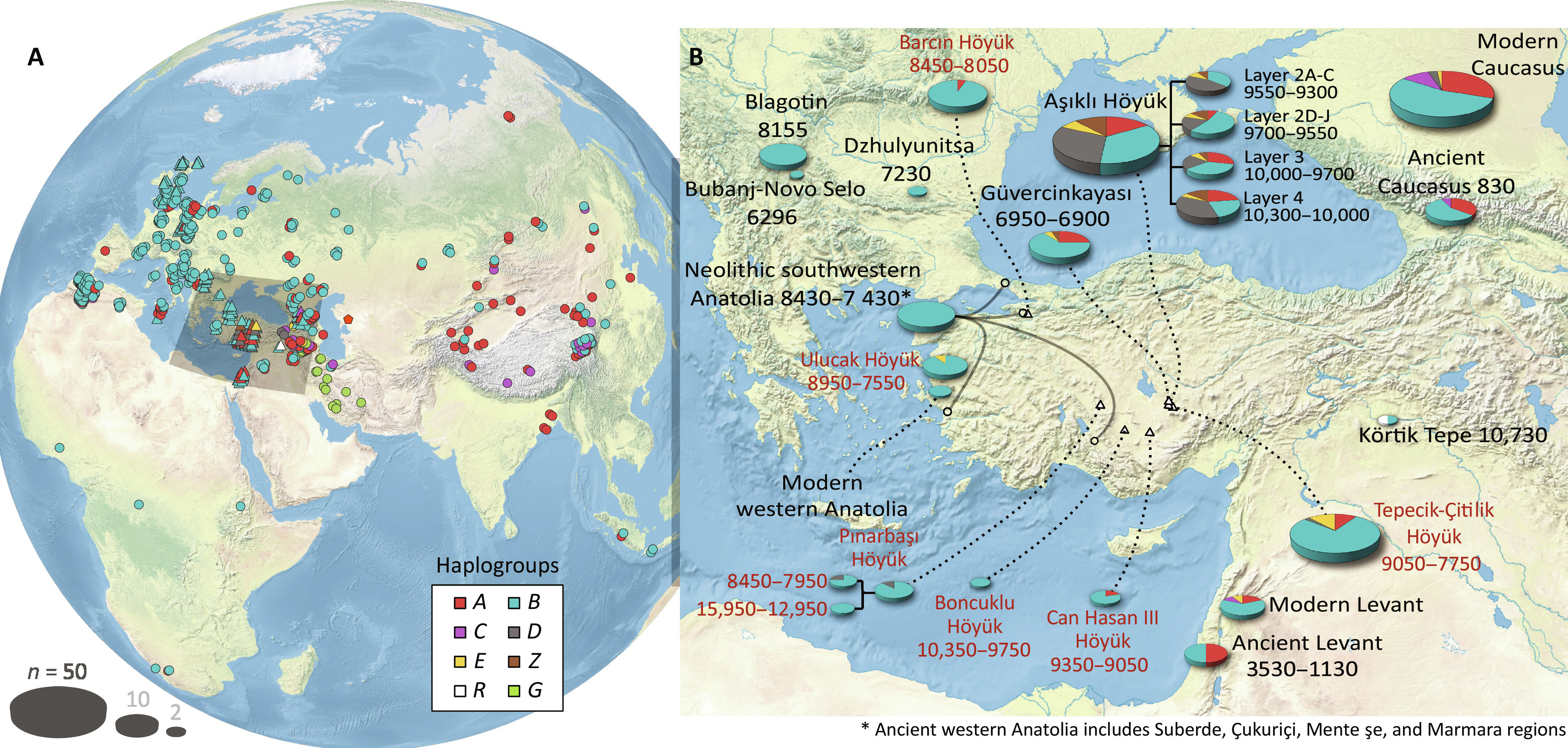Research reveals unexpected diversity in early domesticated sheep

Research in Anatolia reveals the complexity of the domestication process of the Neolithic period, with unexpected findings of genetic diversity in thousands of years of sheep breeding
New research sheds light on the genetic bottleneck during early sheep domestication in the Neolithic period. Contrary to previous assumptions, a recent study suggests that the decline in genetic diversity wasn’t as rapid as initially thought. This finding is based on the analysis of complete mitochondrial genomes from sheep bones unearthed at Asikli Hoyuk, an archaeological site in Central Anatolia dating back 10,300 to 9,300 years ago.
Researchers note unexpected high matrilineal diversity observed over millennia of sheep husbandry, suggesting a more complex domestication process. Varied matrilineal diversity implies human intervention in sheep domestication and trade, possibly incorporating local wild sheep, as evidenced by both domestic and wild sheep remains at Asikli Hoyuk.

An international research team investigating the genetic connections of modern and ancient sheep across Eurasia reveals decreased mitochondrial diversity during the Neolithic period, as confirmed by Asikli Hoyuk data compared with other archaeological finds from Europe and Central Asia.
These findings suggest that sheep domestication initially stemmed from a limited genetic pool, with subsequent genetic diversity decline over time. However, this bottleneck likely occurred as sheep husbandry spread to broader regions, influenced by various factors during the Neolithic period expansion.
Source: Newsroom



